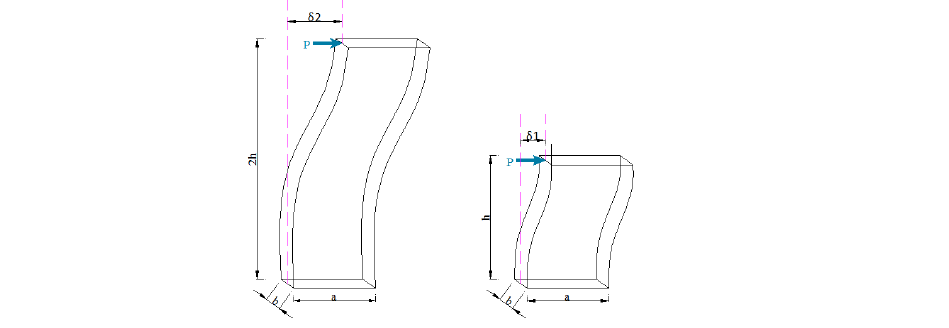1 Master student (completed 2012), Department of Civil Engineering, University of Manitoba, Winnipeg, MB, R3T 5V6, Canada
2 Professor Emeritus, Department of Civil Engineering, University of Manitoba, Winnipeg, MB, R3T 5V6, Canada, amufti@mitacs.ca
3 Professor Emeritus, Department of Applied Mathematics, Dalhousie University, Halifax, NS, B3H 4R2, Canada
4 Professor, Department of Civil Engineering, University of Manitoba, Winnipeg, MB, R3T 5V6, Canada, Dagmar.Svecova@ad.umanitoba.ca
5 Assistant Professors, Department of Civil Engineering, University of Manitoba, Winnipeg, MB, R3T 5V6, Canada, Fariborz.Hashemian@ad.umanitoba.ca
ABSTRACT
A large number of older buildings, including a majority of heritage structures in Canada, have been constructed using unreinforced load-bearing masonry systems and construction methods. The structural integrity of these masonry buildings has been declining overtime and many of these buildings require repair and restoration.
As these buildings are restored, their compliance to current codes is being examined and their capacity to withstand seismic loads is becoming a concern. Environmental loads, such as freeze-thaw cycles, have contributed to the weakening of the infrastructure. Since masonry structures, especially unreinforced masonry structures, are weaker in tension than in compression, they are more vulnerable to lateral loads. In seismic areas, rehabilitation of masonry structures is critical in order to ensure continuous safe and satisfactory performance. Full understanding of the material properties and accurate estimation of the effective modulus of elasticity and the shear modulus of masonry structures is an essential prerequisite in the evaluation of any rehabilitation techniques.
An experimental program is currently in progress at the University of Manitoba to investigate the lateral displacement, the modulus of elasticity and the shear modulus of brick masonry walls. The first phase of the experimental program involves the testing of three unreinforced brick masonry walls with various heights under in-plane and vertical loads. Linear Variable Differential Transducers and strain gauges are used to monitor displacements and strains. The experimental data are used to evaluate the uncracked modulus of elasticity and the shear modulus of brick walls under flexure and are compared with the numerical analysis.
KEYWORDS: brick masonry, effective modulus of elasticity, shear modulus, flexure, heritage structures, lateral load
475.pdf



